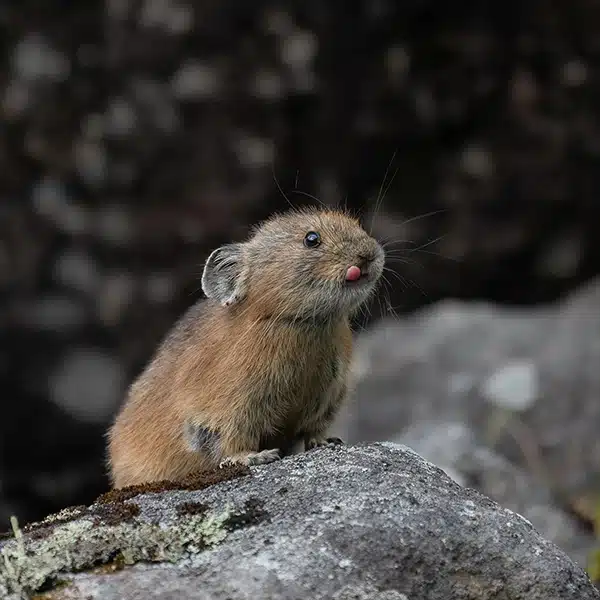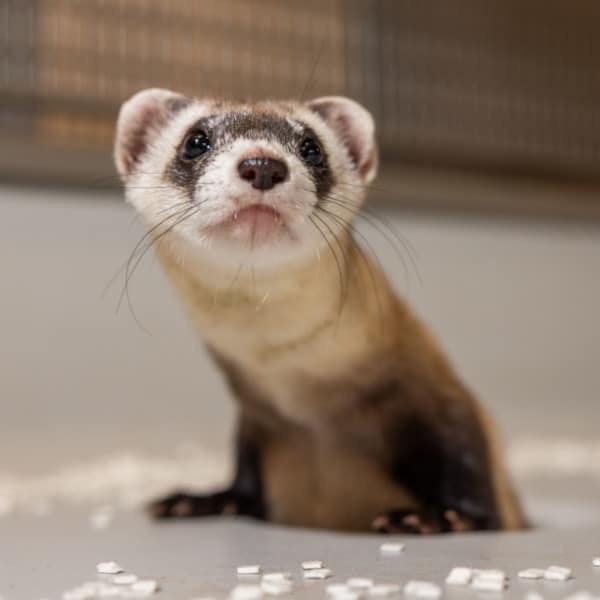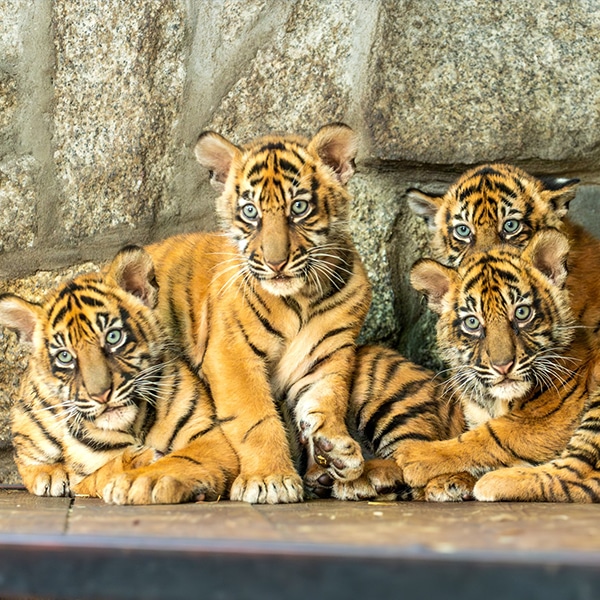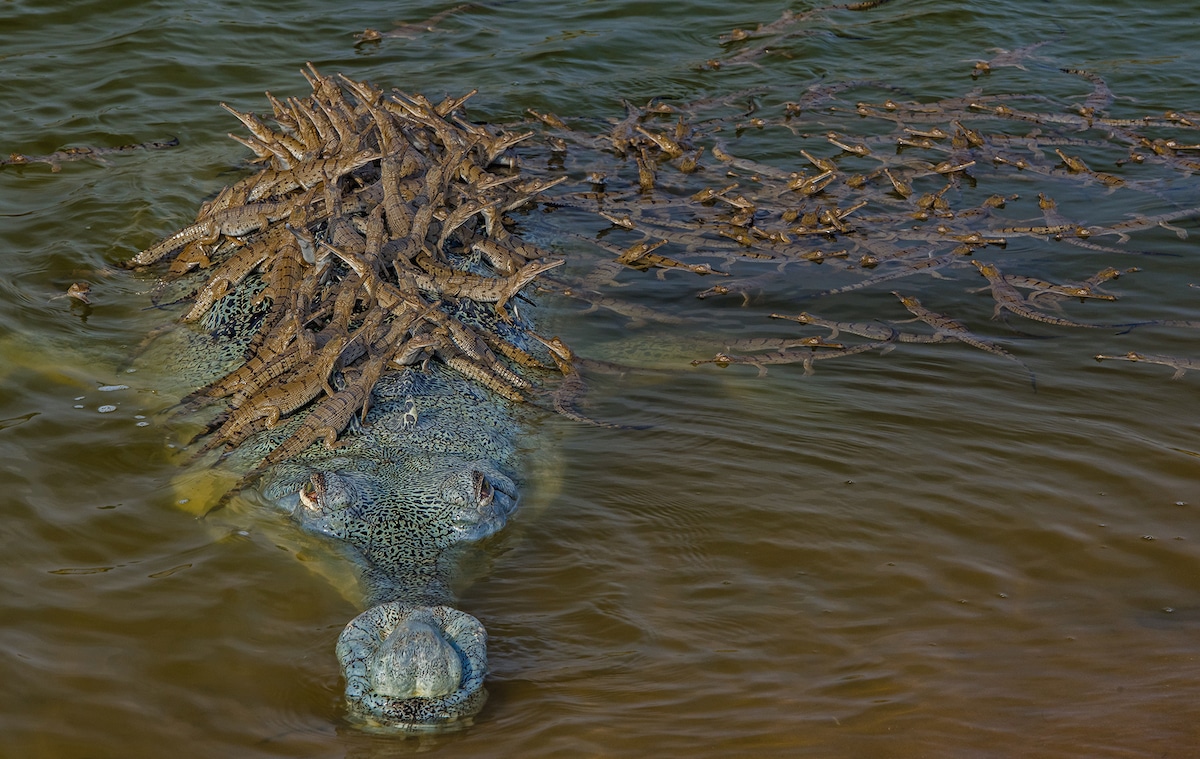
Male Gharial caring for and guarding his babies at the National Chambal Wildlife Sanctuary, Uttarpradesh, India.
Indian wildlife and conservation photographer Dhritiman Mukherjee has spent the past 20 years dedicating his life to the documentation and protection of animals. Spending over 280 days a year in the field, he's seen many incredible moments. Most recently, his spectacular image of an endangered crocodile carrying its babies through the water is making waves online.
Mukherjee's photograph shows a male gharial giving a ride to more than 100 of his babies. The photo was recently named on the highly commended list of the prestigious Wildlife Photographer of the Year contest run by London's Natural History Museum. Mukherjee's ability to capture this special moment is made all the more intriguing when one considers that the gharial is a critically endangered species.
Also known as a fish-eating crocodile, gharials are part of the Crocodilia order. In fact, they're one of the largest living crocodiles. Evolving from the northern Indian subcontinent, this ancient species was first depicted over 4,000 years ago. Unfortunately, its population declined dramatically in the 1930s and, by the 1980s, captive breeding programs were put in place in India and Pakistan. Still, the gharial continues to struggle due to habitat loss and depletion of resources.
These struggles are perhaps what makes Mukherjee's photograph so heartwarming. Here, we see a father giving the ultimate piggyback ride to his month-old children. He's certainly doing his part to help out the population, which has dipped from 20,000 across southern Asia to just under 1,000 in a small concentrated area.
“This male had mated with seven or eight females, and you can see that it was very much involved,” shares Mukherjee. “Normally the gharial is quite a shy crocodile compared with the saltwater and marsh crocs. But this one was very protective and if I got too close, it would charge me. It could be very aggressive.”
Luckily, he stayed at a safe distance and was able to capture this striking behavior. While it's not unusual for crocodiles to carry their young, how the gharial goes about things is a bit different. Crocodiles will normally use their mouths to transport their children. However, according to Patrick Campbell, the senior curator of reptiles at the Natural History Museum, the shape of the gharial's snout makes that impossible. So, they resort to other means, like letting them cling to their head and back, in order to move about.
This gharial father taking care of his children is certainly a beautiful way to see his fight for the survival of his family, even in less than ideal conditions.
Dhritiman Mukherjee took this beautiful photo of an endangered crocodile carrying his babies at India's National Chambal Sanctuary.

One male mates with seven to eight females and then takes care of all the babies. There are around 150 babies pictured.
See more of the talented wildlife photographer's best images.
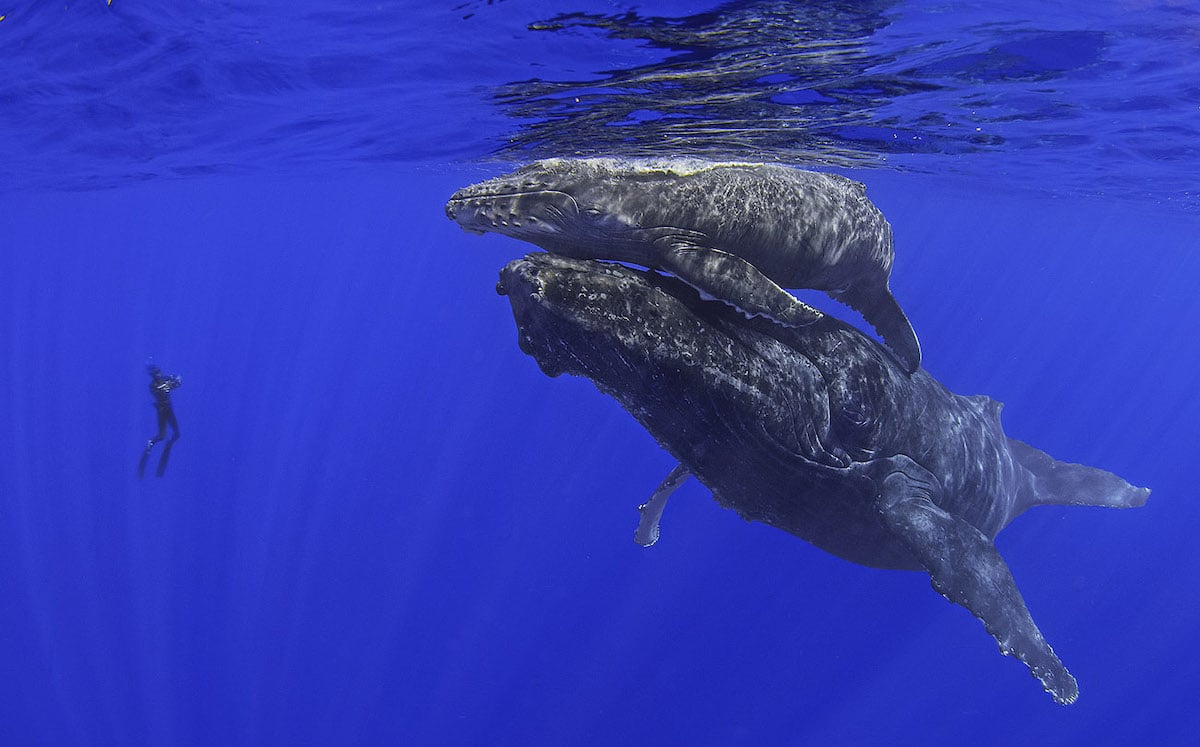
A Humpback Whale mother and calf in resting mode in the Indian Ocean, Reunion Island.
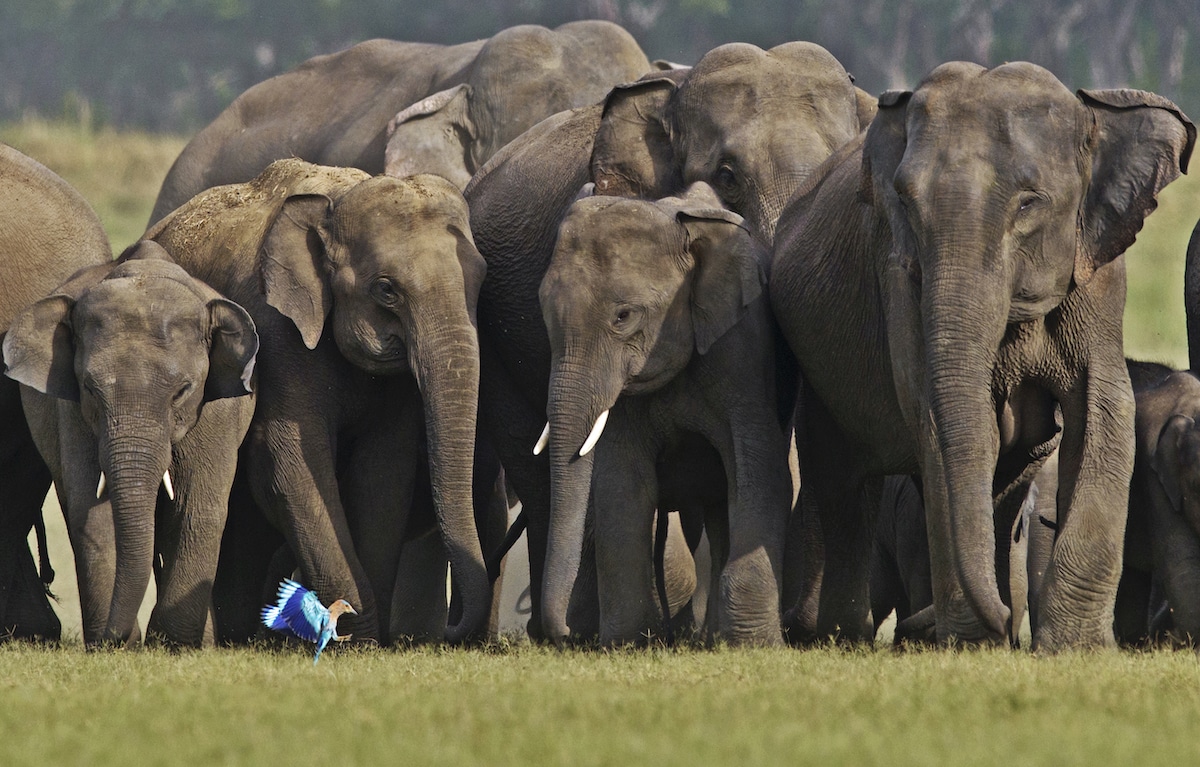
An Indian Roller Bird hunting insects in front of a herd of elephants at Corbett National Park, India.

A male California Sea Lion patrolling through a huge school of Sardines at Los Islotes, Baja California, Mexico.
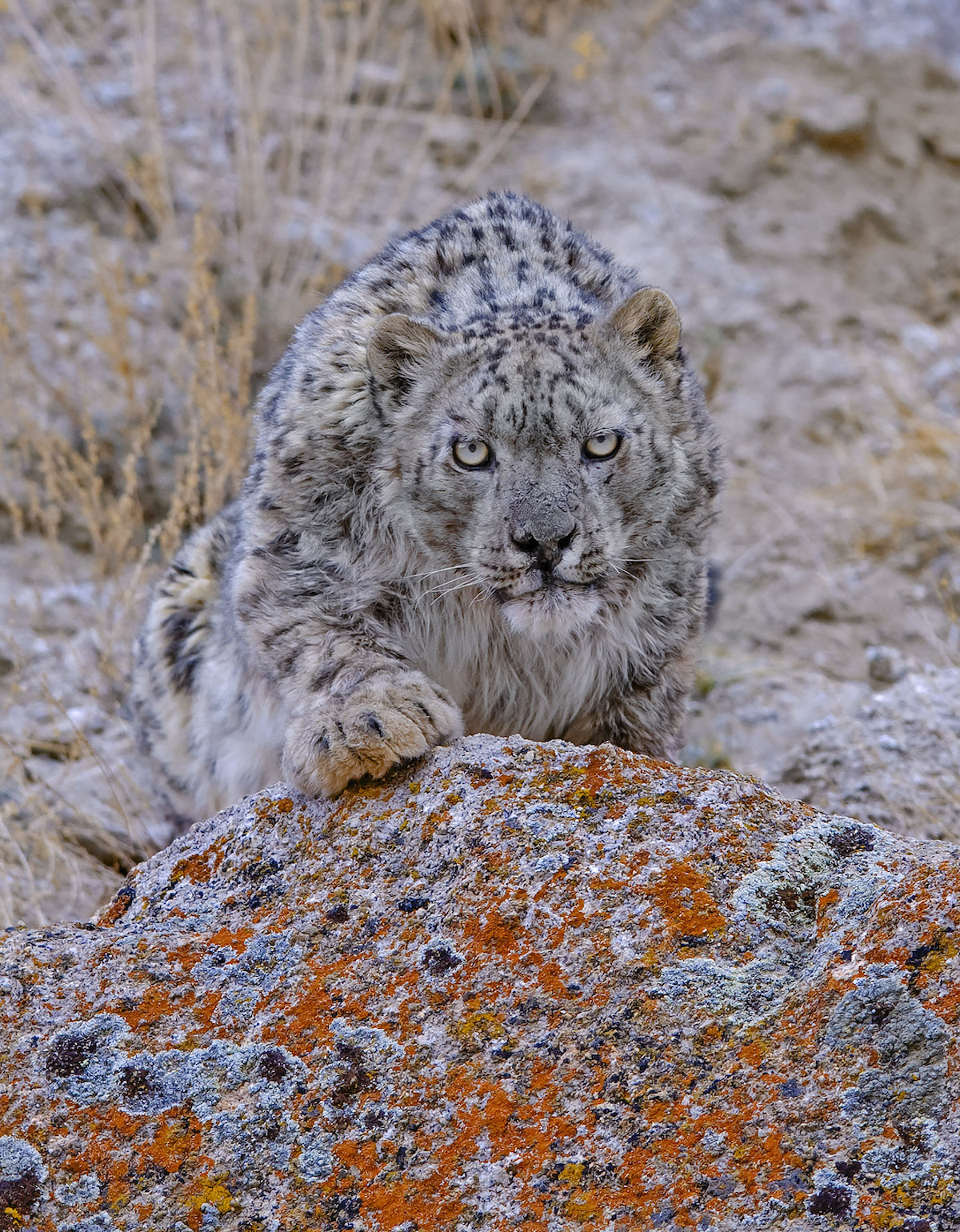
A rare and endangered wild Snow Leopard in the high altitude mountain of Ladakh, Himalaya, India.

A cormorant diving down and trying to hunt from a school of fish at Los Islotes, Baja California, Mexico.
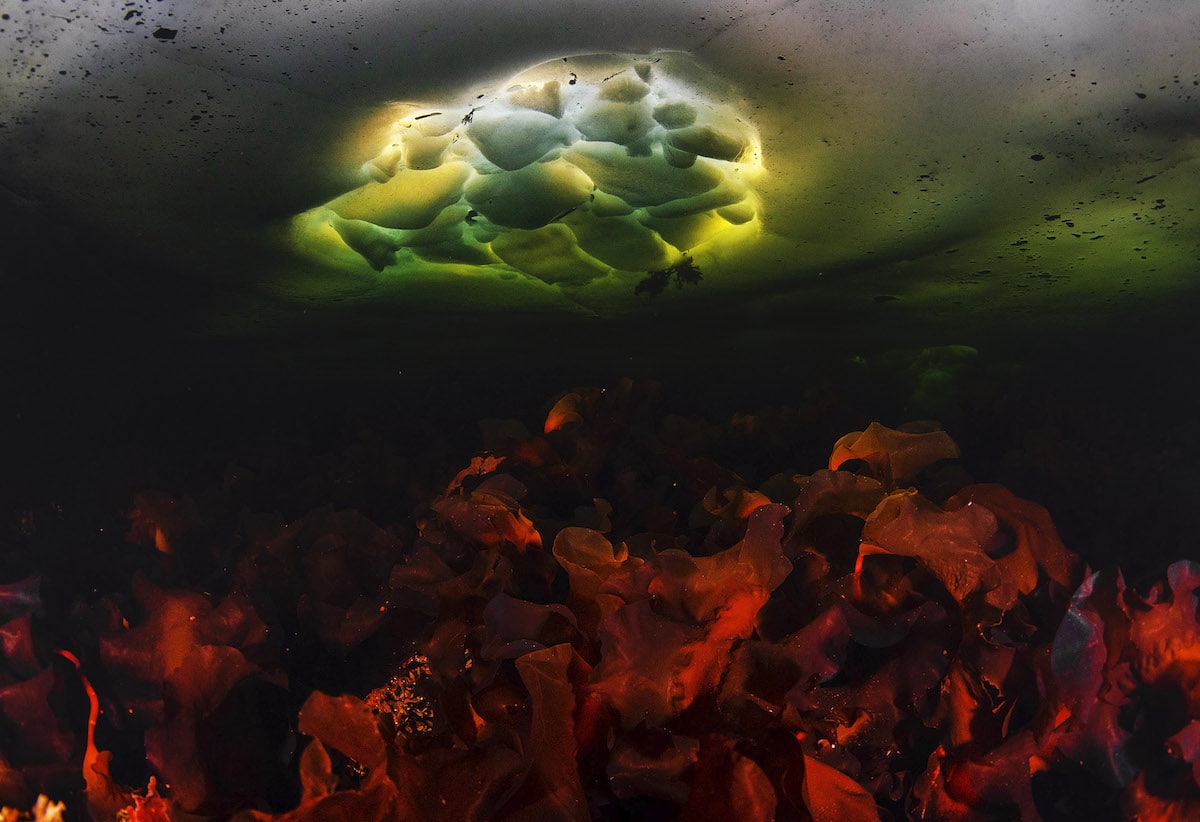
Kelp forest under the frozen white sea during winter in arctic Russia.











































































